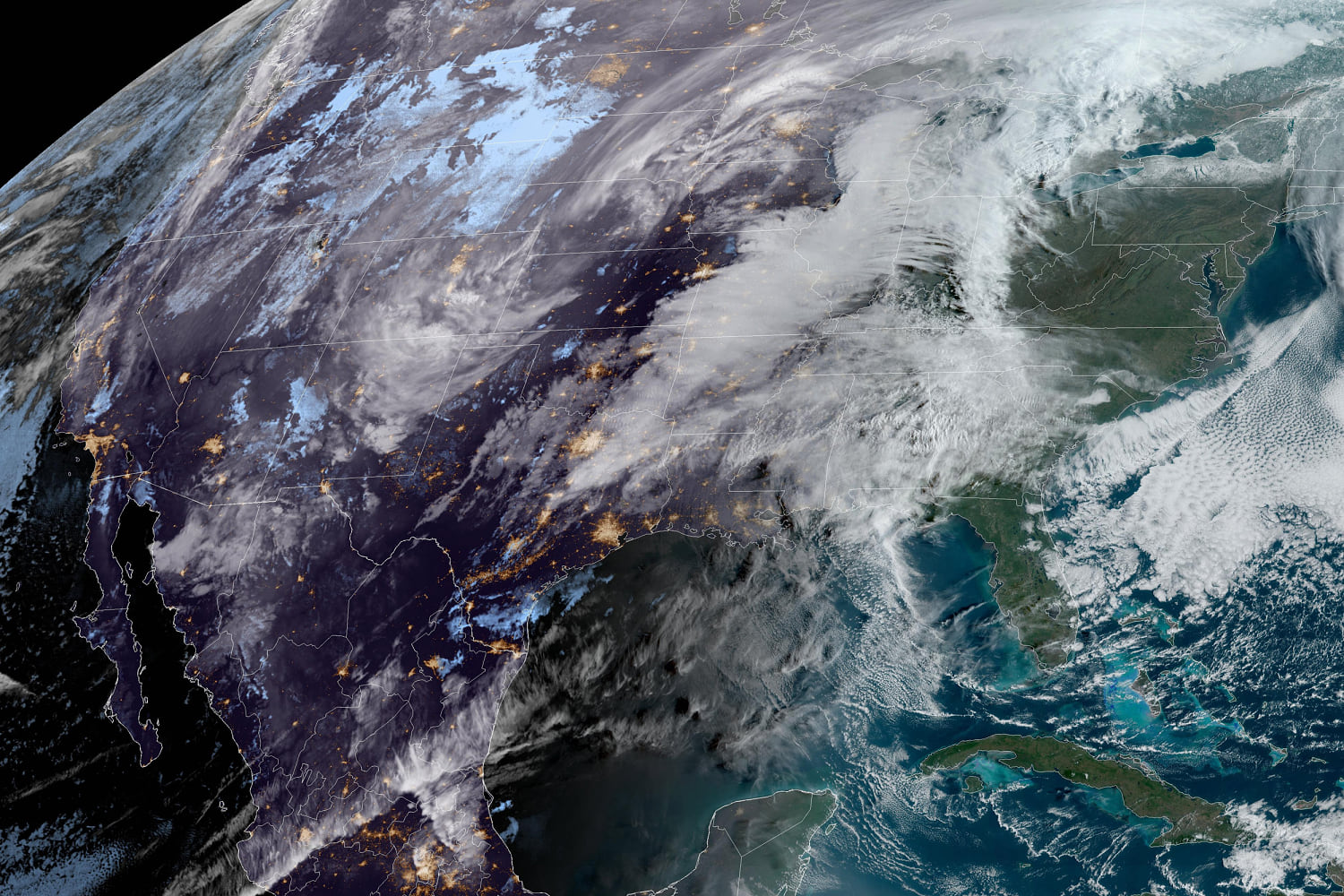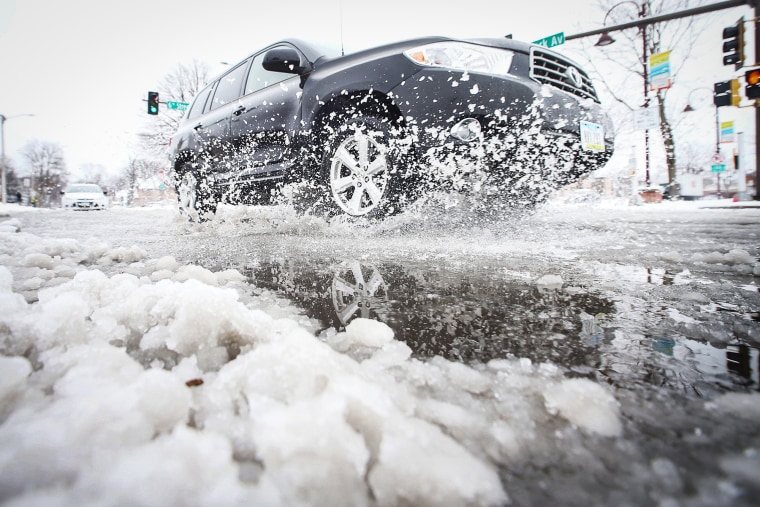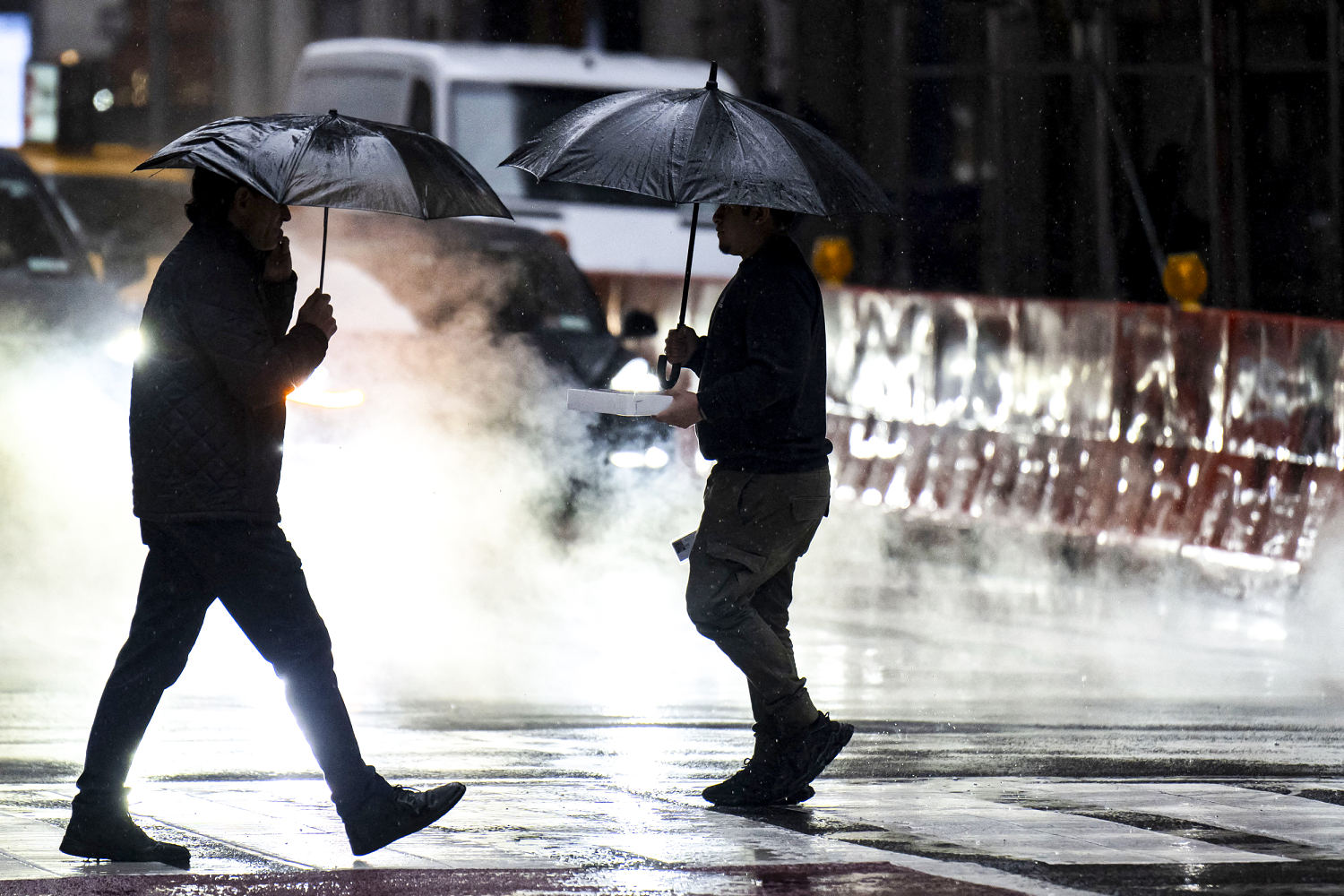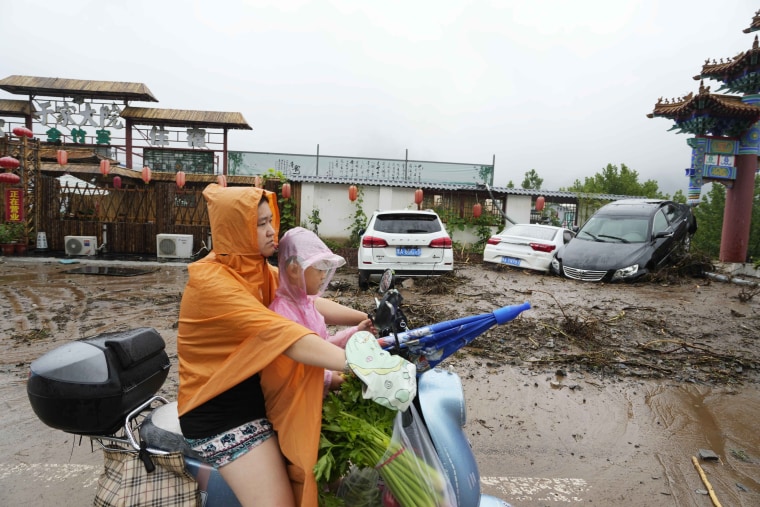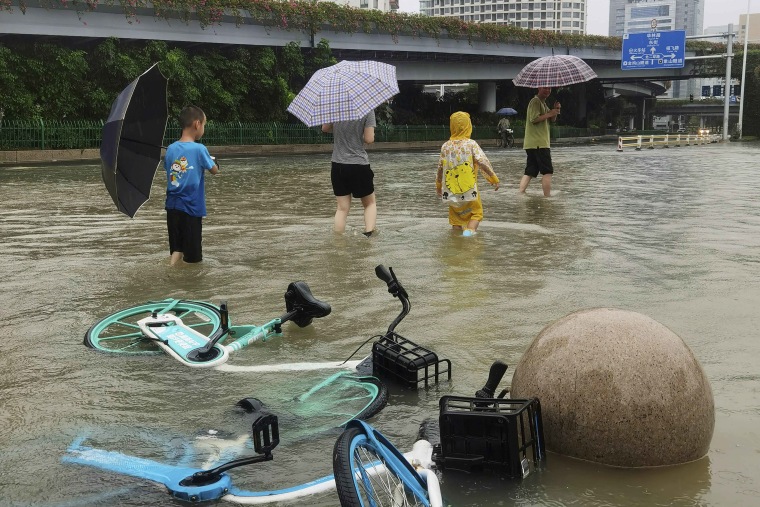QUESADA, Spain (AP) — Some much need rain was not going to ruin Holy Week for Alfonso del Río Martínez and his fellow Christians in the southern Spanish village of Quesada.
So when there was a break in the wet weather, they completed their annual act of spiritual devotion by parading a float bearing Christ and the Virgen through the streets of their town of some 5,000 people.
The rains during Holy Week were a blessing for large swaths of Spain suffering from chronic drought, even if they put a serious damper on the country’s intensely celebrated Easter. Many cities, towns and villages had to cancel Holy Week processions due to the persistent storms that pelted the Iberian Peninsula.
When the drops did start to fall near the end of Saturday’s procession in Quesada, a plastic tarp was quickly produced and draped over the crucifix that was being borne on the shoulders of local men and women.
Del Río called the shower that fell over the procession a “miracle” for the area, where olive orchards essential to the local economy have been hit hard by the lack of water.
“We have been through two years of drought that have left the two reservoirs that we have here completely dry, and we were asking for water desperately,” said Del Río, president of the association for Quesada’s parishes participating in the processions.
“At the same time, we had been waiting for it to rain all year and it just had to rain over these seven days. (But) we have all accepted it without any complaint since the rain is more than welcome.”
The scene of dozens of people bearing large wooden floats on their backs to parade elaborately decorated statues of Christ and/or the Virgen has been reproduced each Holy Week since Medieval times across Spain. The festivities attract the faithful but also many people who just want to experience the occasion.
While the processions take place over just a handful of days, preparations are a year-round affair. So missing out completely on the event can be a real disappointment for those involved.
Seville, which draws in thousands of spectators each Holy Week for the spectacle, had to cancel processions this past week due to the persistent rain for the first time in over a decade.
In Logroño, in northern Spain, porters were left distraught and some in tears when told that their procession had been called off.
While a letdown for many, the rain was undoubtedly a huge relief for many more — and farmers especially, who have seen serious restrictions placed on irrigation.
The faithful have tried to combat the drought by appealing to divine intervention, even in a deeply traditional Roman Catholic country that is quickly growing more secular. In Catalonia, the northeastern region around Barcelona, some village parishes have revived the faded practice of holding a special Mass and procession in hopes for rain.
Spain’s total water reserves were at 57% capacity before the Holy Week rains, but with drastic differences between the wet northern Atlantic coast and the parched northeast Mediterranean and south. While reservoirs of Spain’s northern Atlantic area were at or near 90% capacity, Catalonia was down to just 15% and parts of the south were just above 20%.
The storm front that unleashed downpours over Spain during Holy Week was behind the winds and big waves that lashed the coastline Friday, when four people died after falling into the sea.
___
Associated Press writer Joseph Wilson in Barcelona contributed to this report.
